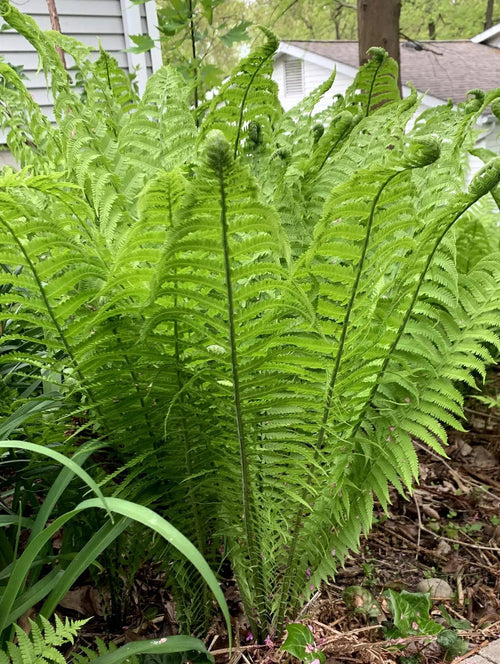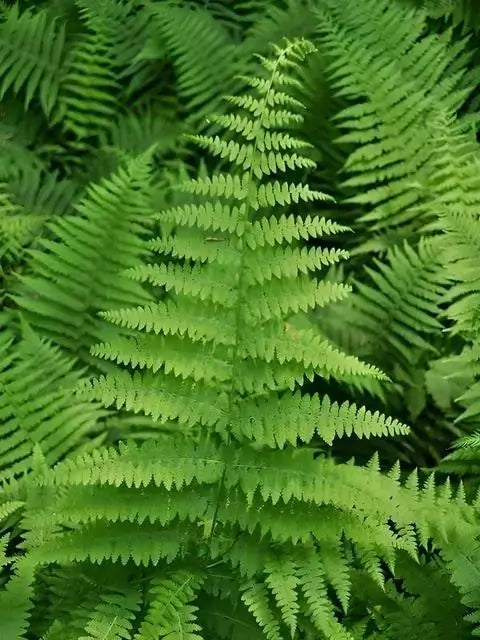Organic Fertilizer
Ferns are a favorite option for both indoor and outdoor gardening. They are appreciated for the lush and green foliage and their capacity to succeed in various environments. Like other plants, ferns need the proper nutrients to be robust and healthy. Organic fertilizers are a good option for ferns as they supply nutrients without synthetic chemicals. Here are some suggestions on utilizing organic fertilizers to ensure that your ferns remain well-nourished and healthy.
Select the appropriate kind of organic fertilizer.
When fertilizing ferns with fertilizers, there are several organic options. Composite, worm castings, and manure that has been aged are all great options to fertilize the ferns. These organic fertilizers are abundant in nutrients and can provide your ferns with all the ingredients they need to flourish and grow healthy. If you prefer to use the organic fertilizer in the stores, choose one specially made for ferns and other plants that love the shade.
Make sure to use a balanced fertilizer.
The ferns require a balanced fertilizer with equal nitrogen, phosphorus, and potassium quantities. Nitrogen is crucial for leaf development, phosphorus aids in the development of roots, and potassium is essential to ensure the overall health of plants. Find a fertilizer with an N-P-K ratio that is 1-1-1 or 2-2-2.
Make sure to apply fertilizer at the correct time.
Fertilization is necessary throughout the growing season of ferns, usually during spring and autumn. Feeding your ferns once every two and four weeks over this period is best. Do not fertilize your ferns during the winter months when they are dormant.
Don't over-fertilize
It's crucial not to fertilize your plants too much. A lot of fertilizer could cause the burning of the foliage and other issues. If you need to figure out how much fertilizer you need first, begin with a smaller amount and increase it gradually as time goes on.
Water your ferns before fertilizing
When applying fertilizers to your plants, ensure that the soil is damp. Dry soil could prevent the fertilizer from adequately absorbing, leading to nutritional deficiencies. It is important to thoroughly water your ferns for a few hours before applying fertilizer.
Ply fertilizer is evenly distributed.
When applying fertilizer to your ferns, ensure it is spread evenly across the entire root and the stem. Be careful not to apply fertilizer directly on foliage as this may result in burning. Use a watering container or a spreader for fertilizer to spread the fertilizer uniformly.
Consider foliar feeding
Foliar feeding is a method that applies fertilizer directly onto the plant's foliage. Supplying your ferns with nutrients is efficient, especially if they need fertilizer absorption via the roots. To feed your ferns foliage, disperse the fertilizer per the directions on the bottle and spray it onto the foliage with either a spray bottle or garden sprayer.
Here are some ferns that can grow best with these fertilizers.
Fiddlehead Fern
Onoclea struthiopteris is a stunning lush green leaf, ideal as a garden plant. This Fern that lives in the shade gives excellent texture and greenery, transforming the dull space into a tranquil oasis. Many gardeners tend to plant this plant in their shade gardens or flower beds with low light or providing greenery to a building's foundation.
Growing and maintaining ferns with fiddleheads is simple since they are durable and resilient plants that thrive in various conditions. They naturally grow on rivers, streams, and damp woods. Fiddlehead ferns favor soils with a high amount of organic matter. Fiddlehead ferns require consistent watering to flourish.
Leatherwood Fern
Dryopteris Marginalis can be described as a small semi-evergreen fern that can take over even the darkest shaded areas of your backyard. This shade-loving plant needs less than 4 hours of daily sunlight for the most straightforward treatment. Leatherwood fern is a challenging and climate-tolerant North American native species that can withstand the coldest regions of the adjacent United States.
It is semi-evergreen because sure leaves can droop or go into dormancy during most cold days and then open again once it gets warmer. When you place it in full shade, Dryopteris marginalia will require little to no maintenance. It is attracted by a forest that can share moisture with trees and get its nutrition by consuming fallen leaves.
Hay Scented Fern
Dennstaedtia Punctilobula, hay scenting the Fern, is a stunning perennial ground cover with an attractive impact thanks to its vibrant green color and unique texture. It enjoys shade and sun but can also tolerate full shade.
Its casual, attractive appearance makes it a popular ornamental plant in gardens. It helps stabilize soil on slopes and uses different erosion prevention methods. Its fronds are vibrant green and form a triangular shape with a hair-like appearance that is soft to contact. It is relatively small, generally just under 2'.
However, it can expand to 4' to cover much more ground faster than you imagine. The fragrant Fern of hay is a rugged and low-maintenance plant that requires little attention. It does not require fertilization. They are usually disease-resistant and insect-resistant.
Sensitive Fern
Onoclea Sensibilis is an average-sized beautifully-shaped, beautiful perennial fern with appealing characteristics. Since it is one of the few deer-resistant ferns, it is an excellent choice for people who live near herds. Controlling Moisture Onoclea sensibilis usually develops between 2 and 3 feet tall.
The fronds are long and can reach up to 2 feet long. They're triangular and are delicate, and have an airy appearance. The Sensitive Fern includes two sets of frosts. Fertile fronds that reproduce are narrow and present in bright, vivid green.
Sterile fronds are broader and slightly duller in appearance
The stems and leaves could appear burgundy-mottled, which adds color and dimension to the plant's gorgeous appearance. The root system effectively wicks water away from the soil and helps hydrate the stems and the fronds. This product is ideal for an unsightly wet area that is only sometimes draining correctly.
New York Fern
New York Fern is a beautiful and unique species of Fern indigenous to the United States East Coast. Its distinctive fronds provide a distinctive appearance to any outdoor or indoor space.
They are shade-tolerant and low-maintenance, so it's ideal for beginners and experienced gardeners. Create your garden or home to stand out by introducing New York Fern! With its beautiful foliage and vibrant green hue, it's guaranteed to make an impressive addition to your garden. You can show off your green thumb by using this gorgeous, low-maintenance type of Fern.
The perennial, a native species of forests of New York state, has distinct fringes. It features a triangular blade design that is broadest in the middle and narrower at the ends. The fronds of the plant are lance-shaped and have an elongated tip.
It can reach up to two feet in width. The leaflets are small and are located near the base on the bottom of the front. The plant can reach two to three feet in height by maturing. The root system's crown of the Fern can be apparent, and it is dark brown. The leaflets are arranged in pairs of shiny, bright green.




















































